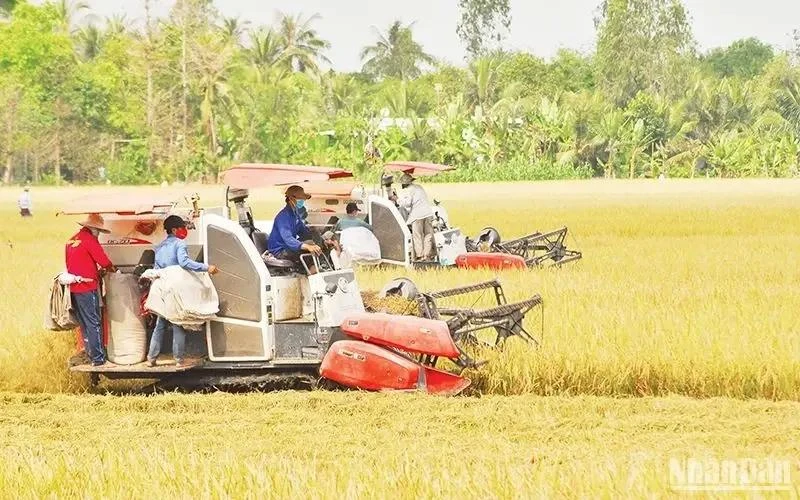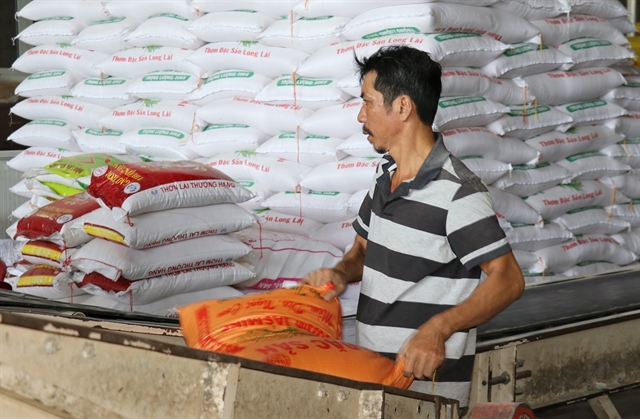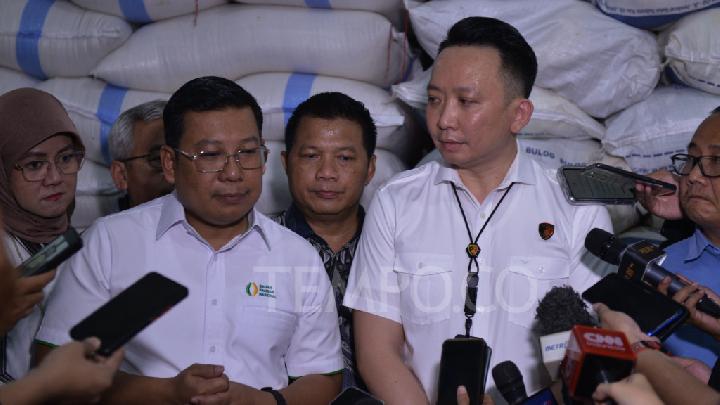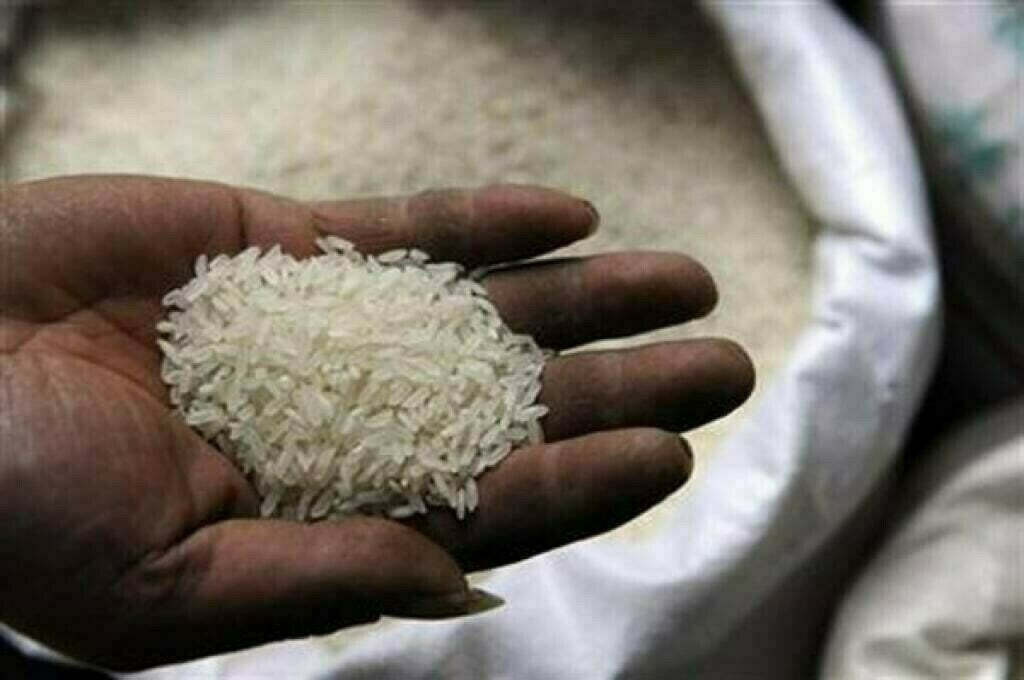Tags
Mechanisms needed for rice industry to go circular: insiders
Special mechanisms and policies must be put in place to encourage investments in the processing of rice by-products, a bold step that helps deliver significant benefits to farmers while contributing to carbon footprint reduction, according to insiders.

Hanoi (VNA) – Special mechanisms and policies must be put in place to encourage investments in the processing of rice by-products, a bold step that helps deliver significant benefits to farmers while contributing to carbon footprint reduction, according to insiders.
The Ministry of Agriculture and Rural Development (MARD)’s Department of Crop Production said Vietnam produces some 44-45 million tonnes of rice every year, with around 45 million tonnes of straw, 8-9 million tonnes of husk and 4-4.5 million tonnes of bran. However, most of the by-products have not been fully tapped, causing wastefulness, and making it hard for the rice industry to concretise its circular economic development target.
Deputy Director of the Department Le Thanh Tung said as Vietnam is focusing on implementing a project to develop one million hectare of high-quality rice aimed for low emissions and green growth in the Mekong Delta region by 2030, the settlement of rice by-products is important to improve income for local farmers, and reduce adverse impacts on the environment.
The Mekong Delta, dubbed Vietnam’s rice bowl, produces around 24 million tonnes of straw yearly but just a mere 30% are collected, and the lion share are burnt on the fields to make fertiliser, adding to higher emissions.
According to Director of the Crop Production and Plant Protection of Can Tho city Pham Thi Minh Hieu, farmers, following old practices, could gain 86 million VND (over 3,400 USD) in profit per hectare. However, the figure could rise to 133 million VND if they are able to capitalise on straw to grow mushroom and produce fertiliser.
Experts also said that other by-products like husk and bran also benefit farmers, elaborating animal food and firewood could be made from husk, while rice bran oil could gain businesses 14.5 million VND per tonne.
However, most of the firms have not paid due attention to by-product processing due to high costs and big investment in advanced technologies, they added.
Given that the rice industry is embracing the circular economic model, the National Agro-Forestry-Fisheries Quality Assurance Department under the MARD held that strong technical and financial solutions and policies need to be sketched out to create impetus for by-product processing.
It suggested applying state-of-the-art technologies from India and Taiwan to produce husk fuel bars to reduce costs and improve added value for the products; increasing investment in bran warehouses in large milling facilities to better bran quality, and promoting the use of bran, instead of imported materials, in animal food processing, among others.
The department also said that it is necessary to encourage organisations and individuals to engage in research projects on the use of agricultural by-products, and pay due regard to the development of technologies that prove economic and environmental efficiency.
Published Date: August 13, 2024






